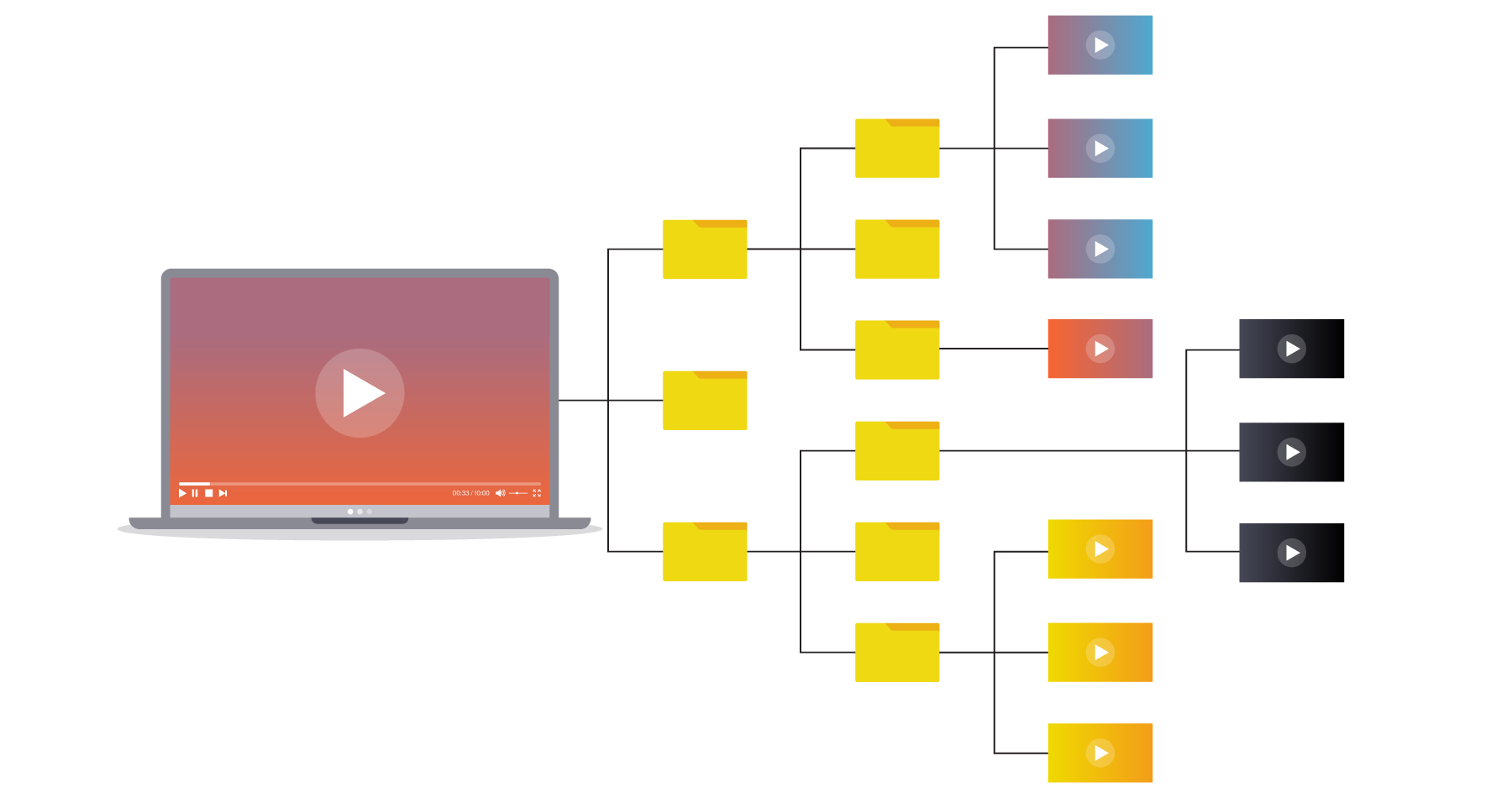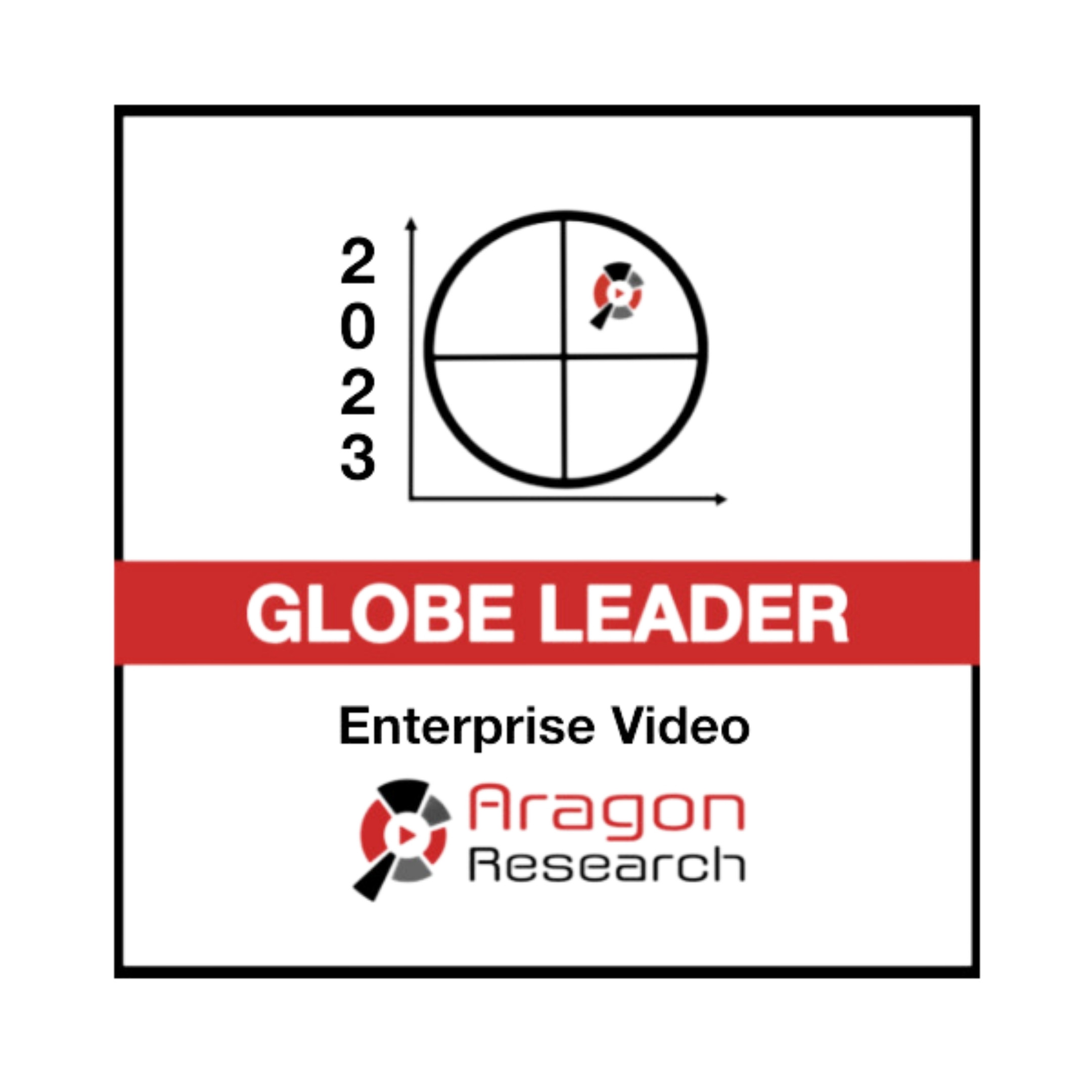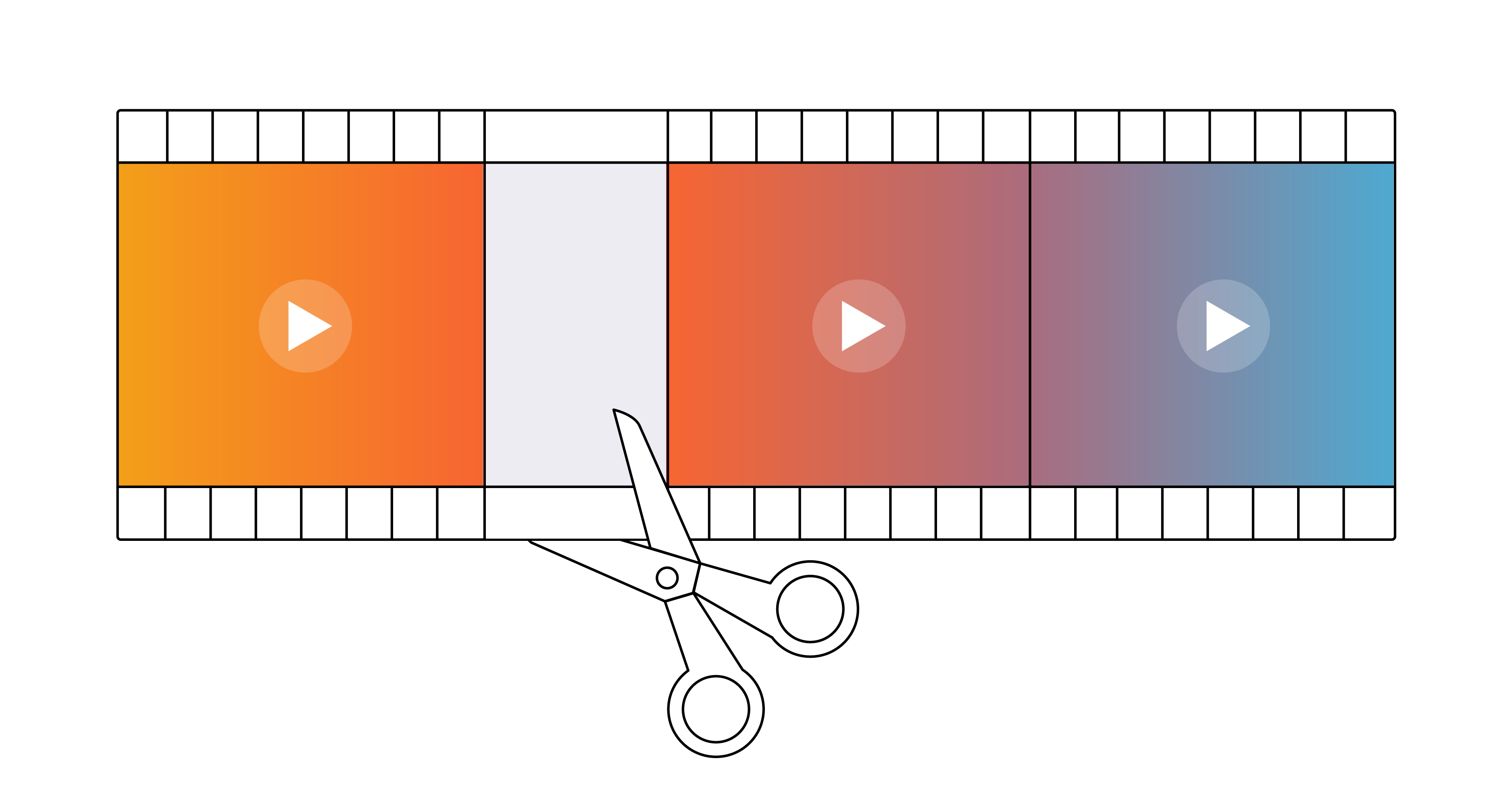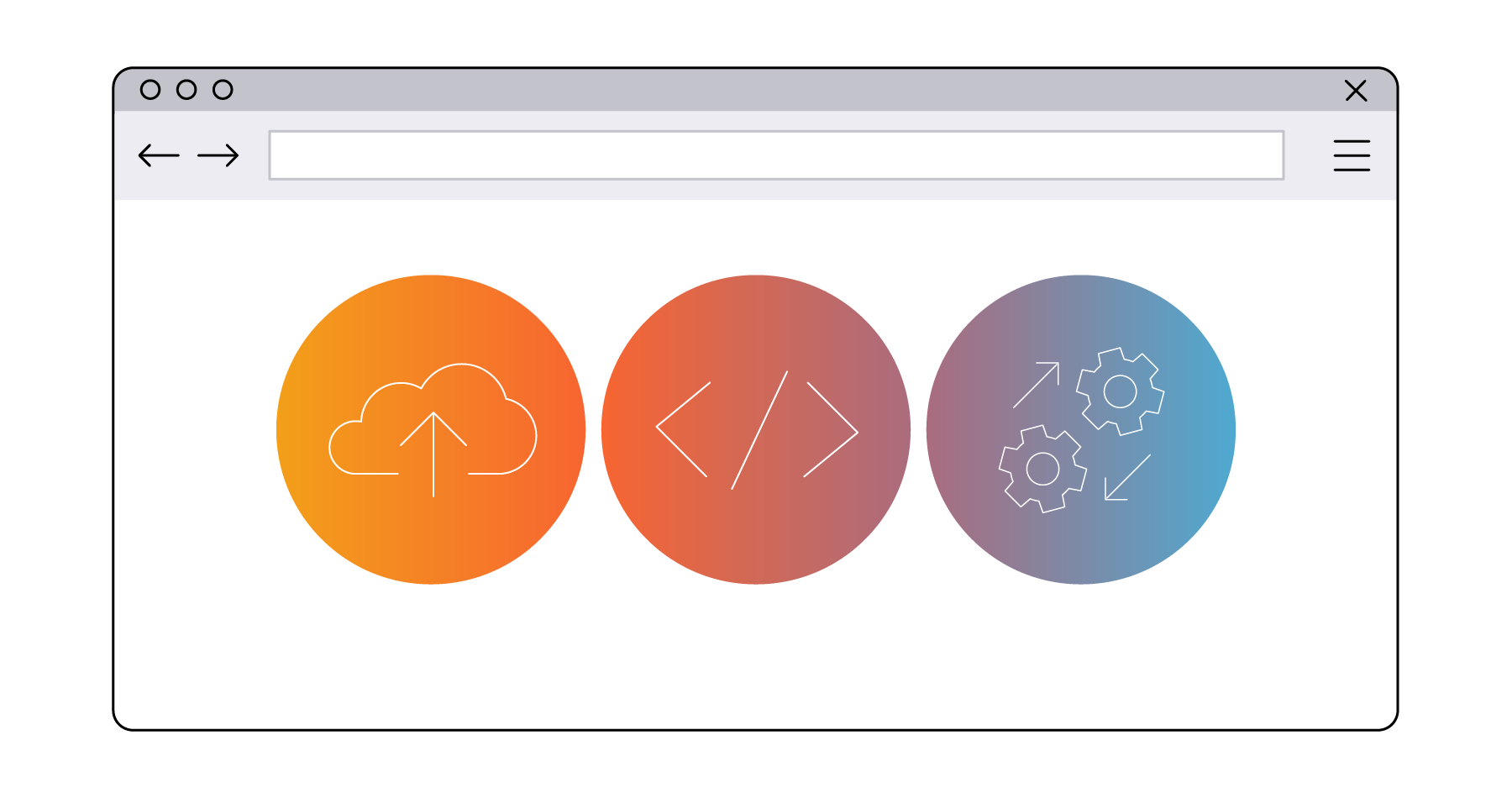Video Content Management: Common Mistakes
Marketing

Enterprises are adopting video at a rapid pace. Video advertising and shoppable video are more accessible than ever, and internal applications like training and townhalls are also increasing.
At the root of all the flashy features and trendy use cases is an oft-neglected but fundamental component of video marketing: video content management. In fact, this was a recurring theme in The Aragon Research Globe™ for Enterprise Video, 2023:
As demand for both produced video content and user-generated video content grows, video content management, which is how this market got its start, is now more important than ever before.
The best features will fail without a proper foundation. Before settling on a new or even your first streaming platform, take a moment to review some of the most common video management mistakes. Knowing what to avoid will allow you to get the most out of your platform and set up your video marketing strategy for success.
No Taxonomy
One of the most common mistakes in video content management is not having a clear and consistent taxonomy. Imagine throwing cables into a pile in the corner of a closet and wondering why they come out tangled and knotted. Without a taxonomy, video storage can be difficult to manage effectively.
No Taxonomy Symptoms
It’s easy to tell if you have a working taxonomy. You usually won’t hear internal stakeholders say, “Ugh, I would’ve used that video in my campaign if I knew we had it!” Missed opportunities are a telltale sign that marketers aren’t able to find your content and make the most of it.
You also won’t hear someone say, “Wait, we already had an asset about that?” Too often, wasted resources are the result of a mismanaged media library. Especially for marketers working against deadlines, it can foster bad habits like producing duplicate content rather than going to hunt and peck for what they need.
No Taxonomy Solutions
Taxonomy refers to the ways in which content is categorized and organized. For example, AV folks inverse wrap cables (to prevent tangling) and sort them by things like length and connector. In the same way, content managers should structure their media libraries by aboutness and use.
Enterprise video platforms like Brightcove offer a couple of different file storage features.
- Folders. Best used to organize video assets by aboutness, folders are the primary navigation for content managers. External content like products and services, as well as internal content like trainings and townhalls, should all have their own folders. However, not every subcategory needs its own folder. Keep the folders high-level and your library will be easier to navigate.
- Playlists. Best used to organize video assets by use, playlists are the primary navigation for content activators. Campaigns, channels, and other external and internal initiatives can each have their own playlist. Unlike folders, playlist contents will overlap to accommodate various uses and thus can be more granular. For example, a clip of the CEO from a townhall might fit on both an onboarding playlist and a PR playlist.
In addition to manual playlists, a leading platform like Brightcove also offers Smart Playlists that can be generated automatically based on tags, custom fields, descriptions, and dates.
Of course, Smart Playlists won’t work if any of the necessary data points are missing. Video tagging, in particular, isn’t an intuitive skill and users are prone to over-tag with useless data or freeze up and avoid tagging altogether. That’s why most platforms also offer required fields that prevent an asset’s activation until those fields are filled in.
A rigorously maintained taxonomy is what it will take to stay ahead of the competition in some burgeoning markets. For example, “Aragon feels there will be long-term archival needs for certain types of telehealth use cases (The Aragon Research Globe™ for Enterprise Video, 2023).” In a field prone to legal scrutiny, organizations should strongly consider offering benefits beyond business outcomes.
No Ingest Procedure
Another common mistake is not having a clear and consistent process for ingesting video content. It’s like expecting a football team to win games with no assigned positions or set plays. Without a proper ingest procedure, it will be difficult to ensure that the right video assets are stored the right way.
No Ingest Symptoms
One way to tell that your ingest procedures aren’t standardized is by checking your file names. Do they have an ISO-formatted date? Is there any irrelevant information like the producer’s name or the duration? Or are some simply called “project” because someone forgot to title them? Inconsistent naming conventions indicate users are following their own instincts rather than a company-wide standard.
Another indicator is duplicate assets. This means users can’t (or won’t) identify which assets are already in the library, so they’re uploading the same file multiple times. Not only is this likely due to the aforementioned naming issue, it also suggests users are trying to fill a vacuum in the ingest process.
No Ingest Solutions
Ingesting refers to the process of transferring video content from the source to the storage location—in this case, an online video platform or OVP. A taxonomy is an important first step, but alone, it won’t help if no one knows to follow it. Once you outline an ingest procedure, there are several features that can help you maintain it.
- Role-based access. Just like not every football player has the skills to be a goalkeeper, not every employee should have access to your media library. For example, Brightcove’s platform is divided into different modules and allows you to select which modules are accessible to different roles. Restricting the Upload module to select users will improve process compliance and make it easier to identify responsible parties when errors need to be corrected.
- Replace source file. Version control often becomes an issue when a product is updated or your brand is refreshed. Brightcove makes this easy by offering a button called “Replace Source File.” Whenever you’re done with an old version of a video, just click this button and you can update every instance of the asset. No duplicate files or naming issues. If that sounds like a simple solution that any web CMS already offers, it is. If you’re mad that your current video CMS doesn’t offer it, you should be.
These features will only become more important as microvideo grows. Short (30-second) how-to videos are increasingly popular with customer support use cases. But as media libraries grow, so does the need for businesses to lock down their ingest processes. “Aragon feels that more of them will need a full Enterprise video platform to be able to manage the growing volume of videos over the next five years.”
No Publication Procedure
A final common mistake is not having a clear and consistent process for publishing video content. A grocery store would never order produce before coordinating with packagers and distributors; it might rot before getting to the table. Likewise, without a proper publication procedure, videos may start growing (figurative) mold in your library.
No Publication Symptoms
Whenever deadlines are missed or the wrong video gets published to the wrong place, your publication procedure is suspect. Delays and errors indicate there’s no established workflow for a video asset once it’s ingested.
Another obvious sign that publishing happens haphazardly is when you try to break out a video’s metrics by audience but can’t find where it’s published. This kind of opaque performance can occur because some may not realize that publication is part of content management.
No Publication Solutions
Publishing refers to the process of making video content available to the public. And despite the fact that it addresses where a video lives outside of the media library, this is still the content manager’s job. Fortunately, good streaming platforms offer some helpful features to make this job a little easier.
- Portals. Rather than waiting for links, embed codes, or the webpages needed to host them, a video portal can be set to auto-populate based on certain playlists. For example, Brightcove Gallery offers several responsive, no-code templates that can be populated by Smart Playlists. Meaning, you could add “PR” and “onboarding” tags to that CEO townhall clip mentioned earlier, and upon ingest, it would automatically publish to those respective portals.
- Players. When Brightcove and other platforms allow you to customize multiple video players, we’re not doing that so you can create wacky designs (okay, maybe a little). Players are an opportunity to organize where your videos are published. For example, landing page audiences behave very differently than homepage audiences. But if you have a video published in both places, how do you break out the performance? If you had a designated player for each location, then you could simply filter performance by player. Anywhere an audience behaves in a distinct way is an opportunity for a designated player.
Players are particularly valuable when working with interactive video. According to Aragon Research, “One of the fast-growing use cases is interactive video, which makes shopping experiences more immersive.” But to keep up with that growth, enterprises will need to know where buyers are watching and interacting with videos. Designated players allow them to break out those audiences and refine their strategies accordingly.
Solving Video Management with the Enterprise Leader
Managing video content can be a challenge, given video’s cascading growth in volume and use cases. Avoiding the common mistakes can keep your content well organized so your streaming platform can propel your marketing strategy to keep up.

To be clear, the solution to poor video asset management is having a clearly defined and adopted strategy. Tools and features can’t create that strategy, and they only work as well as the people using them understand that strategy. But they can make executing that strategy easier, especially if you’re using an analyst-named leader like Brightcove.
For two years in a row, the Aragon Globe has named Brightcove Leader in enterprise video.
Download The Aragon Research Globe™ for Enterprise Video, 2023, to learn more about why Brightcove is leading the way in enterprise video.
Aragon Research does not endorse vendors, or their products or services that are referenced in its research publications, and does not advise users to select those vendors that are rated the highest. Aragon Research publications consist of the opinions of Aragon Research and Advisory Services organization and should not be construed as statements of fact. Aragon Research provides its research publications and the information contained in them "AS IS," without warranty of any kind.



